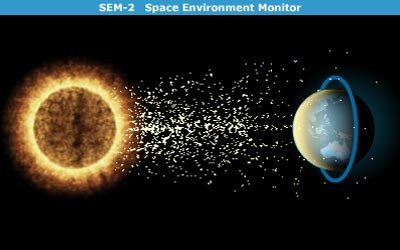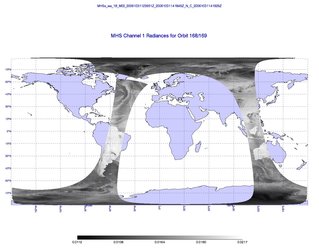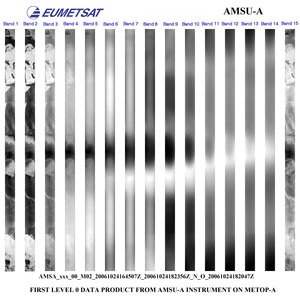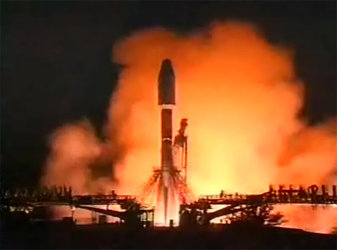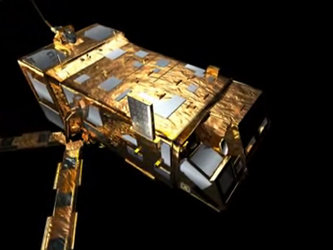First GRAS bending angle shows instrument to be in excellent working order
Weather forecasting and climate monitoring are set to improve as the first results from the Global Navigation Satellite System Receiver for Atmospheric Sounding (GRAS) instrument carried on MetOp-A show that the instrument is working perfectly.
Once the verification phase is over, GRAS will provide unprecedented observations of atmospheric temperature and humidity. Combining high vertical resolution and high accuracy, these data will be assimilated into Numerical Weather Prediction models to advance weather forecasting. In addition, profiles acquired by GRAS over the lifetime of the three MetOp satellites will contribute to long-term climate monitoring. It is expected that temperature and humidity in the atmosphere are likely to change as a result of a warming climate. These changes will affect the Earth's radiation budget, so accurate data on atmospheric temperature and humidity are vital for monitoring a changing climate.
GRAS, which was developed by ESA, uses radio occultation to measure vertical profiles of temperature and humidity by tracking signals received from a constellation of GPS navigation satellites while they are setting or rising behind the Earth's atmosphere. Radio occultation remote sensing is based on the fact that when radio waves pass through the atmosphere, either during a rising or setting event as seen by the receiver, they are refracted along the atmospheric path.
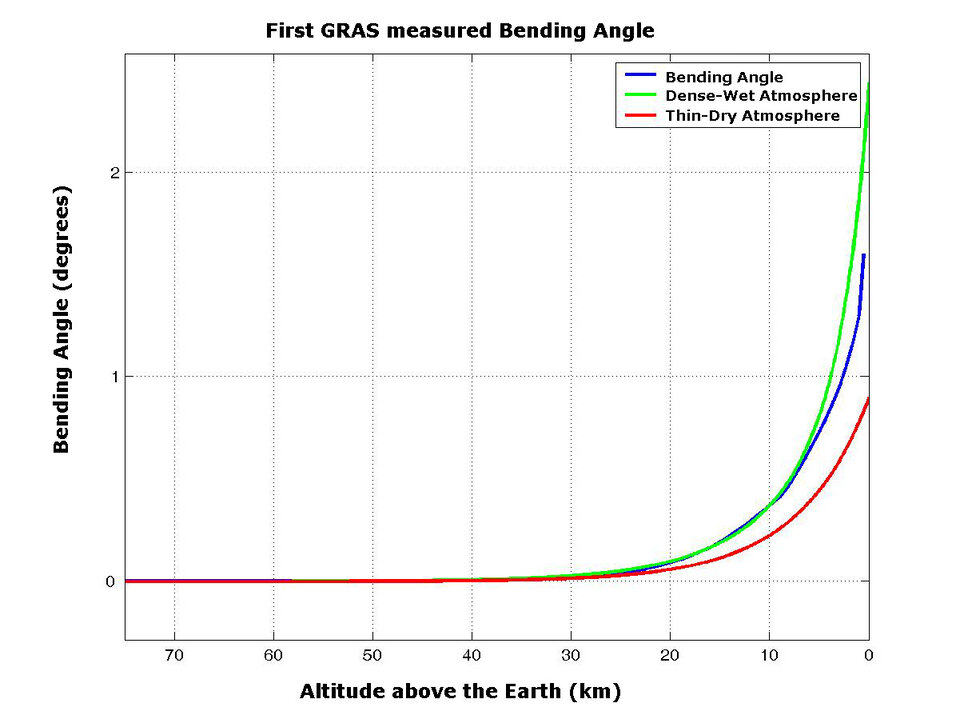
The degree to which the signal is refracted depends on gradients of air density – which in turn depends on the temperature and the amount of water present. Therefore, the measurement of the refracted angle contains information about these atmospheric variables. An example of refraction can easily be seen by placing a straw in a glass of water – the straw appears broken due to the refraction of light as it emerges into the air. Although this everyday example demonstrates the refraction of light, any kind of wave can refract when it interacts with a medium.
The first bending angle measured by GRAS shows that the instrument is working well. The graph clearly shows how the signal begins to bends at around 30 km above the surface of the Earth due to the humidity in that atmosphere. Just above ground level the dense wet conditions bend the angle up to 2°. Importantly, these results demonstrate that the instrument is efficient at an altitude of 30 km and that the maximum bending of 2° is achieved. In fact, GRAS is an extremely accurate instrument with an accuracy of 0.00006°.
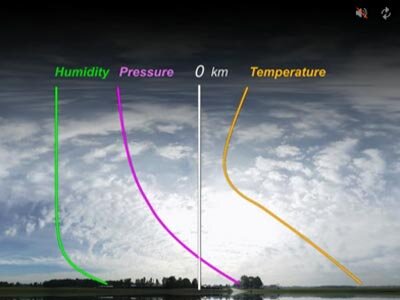
GRAS is one of the five new-generation European instruments carried on MetOp-A, which was launched on 19 October 2006. MetOp-A also carries set of seven 'heritage' instruments provided by the United States’ National Oceanic and Atmospheric Administration (NOAA) and the French Space Agency (CNES). Following launch the GRAS instrument was switched-on and went into navigation mode on 26 October. The next day GRAS went into occultation mode and the first successfully acquired.
The instrument is made up of three antennae and one receiver positioned separately on the satellite. Two of the antennae are sited to look tangentially through the Earth's atmosphere, while a smaller antenna is used to determine the precise position of MetOp-A by continuously tracking other GPS satellites. A single receiver processes the signals coming from the three antennae.

The verification phase for GRAS will be relatively short so that in the very near future by processing the navigation signals, more than 500 highly accurate profiles of atmospheric temperature, humidity and pressure will be derived every day. Since coverage is global, much of the data will be sampled in the atmosphere over oceans, which until now has been poorly observed.















 Germany
Germany
 Austria
Austria
 Belgium
Belgium
 Denmark
Denmark
 Spain
Spain
 Estonia
Estonia
 Finland
Finland
 France
France
 Greece
Greece
 Hungary
Hungary
 Ireland
Ireland
 Italy
Italy
 Luxembourg
Luxembourg
 Norway
Norway
 The Netherlands
The Netherlands
 Poland
Poland
 Portugal
Portugal
 Czechia
Czechia
 Romania
Romania
 United Kingdom
United Kingdom
 Slovenia
Slovenia
 Sweden
Sweden
 Switzerland
Switzerland






























